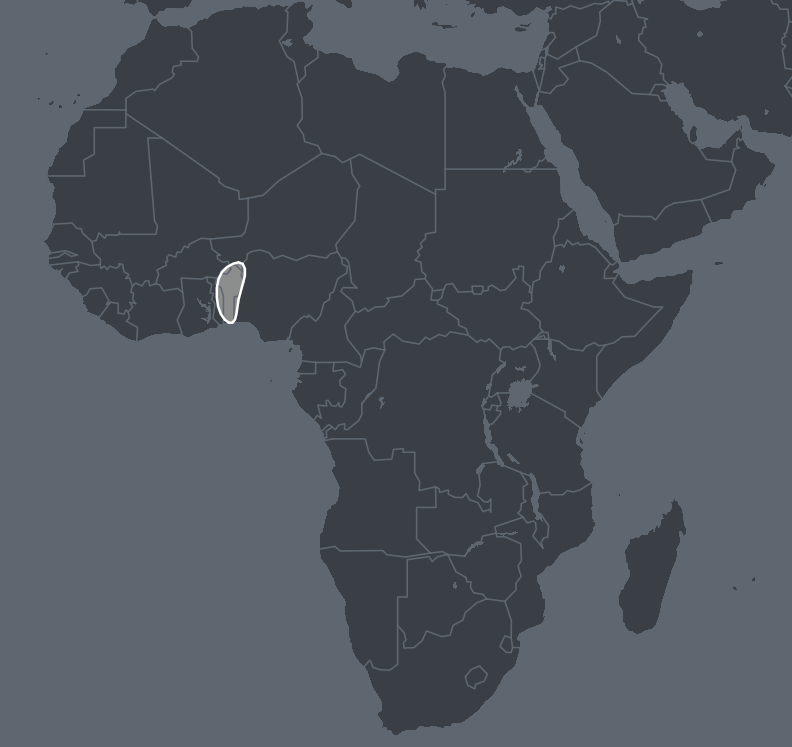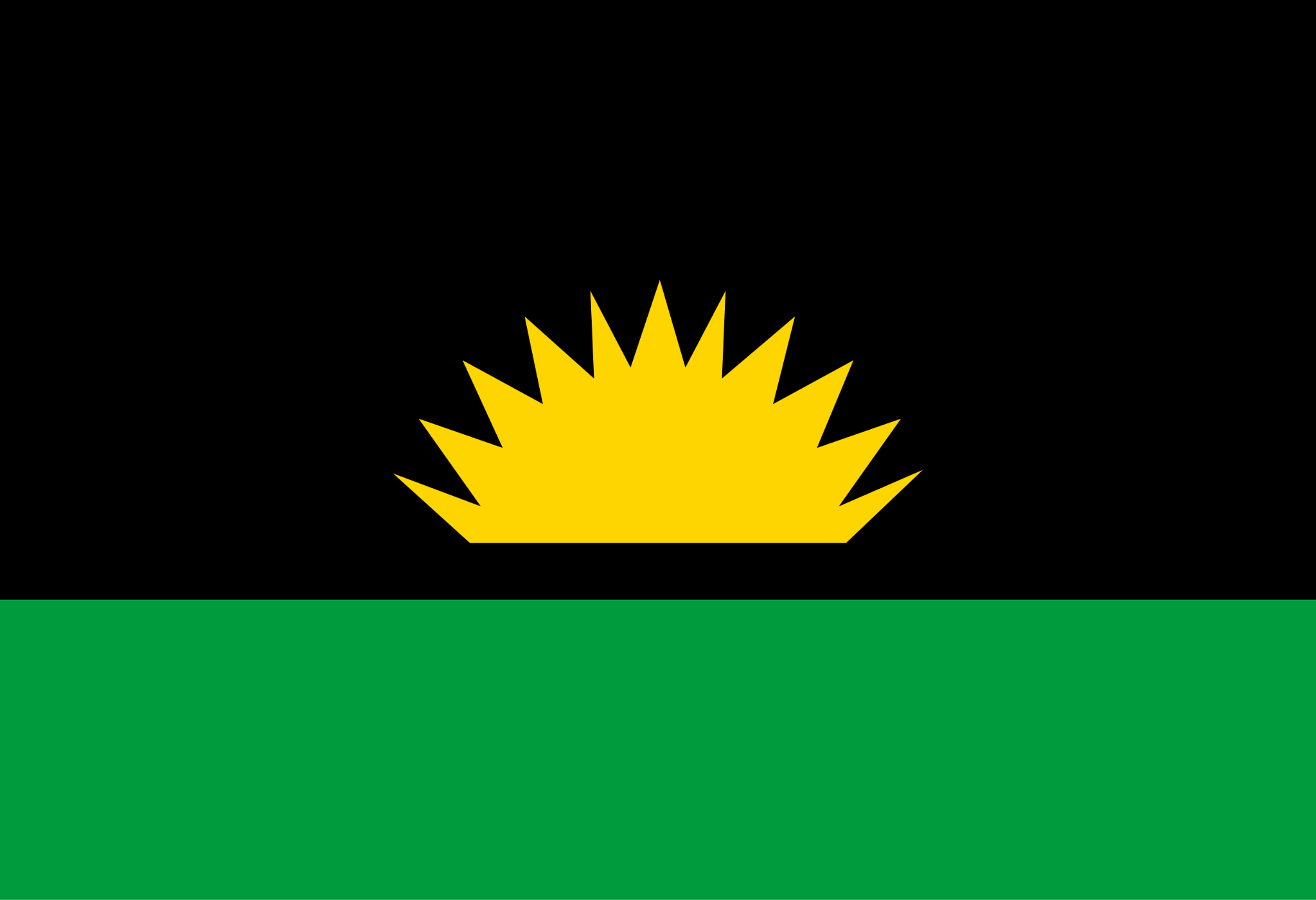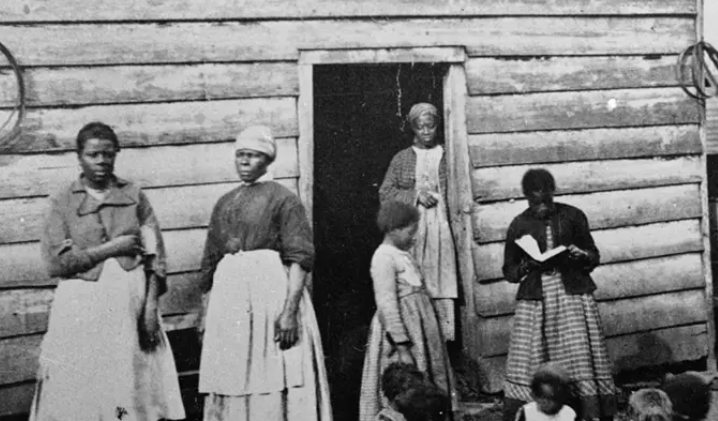What is Benin & Togo DNA Ethnicity on Ancestry?
In this article we are going to be taking a closer look at the Benin & Togo DNA region to explore its history and unique DNA. You may have been expecting this result or it may also be a surprise. Either way, read on to hopefully learn more about your ancestors.
Benin & Togo Region
The Benin & Togo region is located on the continent of Africa and encompasses a relatively small region and can be found in only a few African countries. These mainly include:
- Benin
- Central-Eastern Togo
There are however some pockets of this DNA found in other surrounding African countries including:
- Southeast Burkina Faso
- Western Nigeria

History of Africa
According to the paleontological record, it was the continent of Africa in which the first hominids developed. These early hominids were the first to walk in a bipedal motion and it is from them that eventually humans as we know them today evolved.
The fossil records suggest that homo sapiens were living in Africa between 260,000 to 350,000 years ago. Remains from South Africa, Morocco and Ethiopia seem to suggest that homo sapiens were already widespread throughout the continent during that time frame.
History of Benin
The region we know today as Benin has seen human habitation for thousands of years. Not much is known of the region in prehistory but prior to the colonial era it was composed of various different political systems and ethnicities. This was during the 1600s and much of the country was divided into city states both coastal and inland.
Prior to becoming Benin the region was the site of the West African Kingdom of Dahomey which arose in the 15th century. The coastal ethnic groups of the region included the Aja, Yoruba and Gbe peoples. Inland the Bariba, Mahi, Gedevi and Kabye peoples were the tribes of note.
Kingdom of Dahomey
The Kingdom of Dahomey existed in Benin from around 1600 – 1904 arising around the Abomey Plateau amongst the Fon people. By the 18th century it had become a regional power which expanded further south in the country. As powerful as this kingdom was in its own right it was however still a subordinate kingdom to the powerful Oyo Empire.
The longevity of Dahomey meant that it was one of the principal nations with which early European visitors interacted. Its robust domestic economy was built around conquest and slave labor, the latter of which helped form significant international trade and diplomatic connections with Europeans.
Oyo Empire
The Oyo Empire arose in what is present day eastern Benin and western Nigeria. Coming from the Yoruba peoples the empire quickly grew to become the largest Yoruba-speaking state. Its growth and wealth were based on trade and powerful armed cavalry.
This empire became most politically important during the mid 17th and late 18th centuries. It held sway over most of the other Yoruba-speaking kingdoms as well as a number of other nearby African states such as Dahomey.
Colonial Period
As the mid 19th century loomed the kingdom of Dahomey started to dwindle in power and as the French started to take over parts of West Africa in the 1890s this would include Dahomey which became known as French Dahomey by 1899.
When it came to profitable natural resources however the region had little to offer the French colonizers. This did not mean they left the region alone, they instead viewed it as a preserve to watch over in case something worthwhile was found.
The French colonial influence did have one benefit in that they outlawed the sale and capture of slaves. This did not sit well with the Dahomeans who fought against it trying to find ways around the law. Conflict flared from around 1895 – 1920.
It was in 1958 that France granted autonomy to the Republic of Dahomey who gained their full independence on 1st August 1960. Following a period of domestic unrest and various coups on 30th November 1975 the region was renamed the People's Republic of Benin.

Why Is Togo Part of This DNA?
Although almost the entire region of Benin shows indications of this specific DNA you can also find populations in nearby Burkina Faso and Nigeria. These are small isolated pockets close to the international borders they share with Benin.
Togo however has a much larger population of individuals who carry Benin DNA. As a direct neighbor it is likely that a large amount of migration and interbreeding has occurred between the two peoples which would explain a large swathe of shared DNA appearing in the Togo region as well.
How Did You Get DNA from These Regions?
As mentioned, the Kingdom of Dahomey was one of many that relied upon slave labor for its booming economy. This often meant capturing individuals from nearby tribal groups using them as labor and often selling them to European slave traders.
Historically it is believed that 12.5 million Africans were taken from Africa to the New World of which 10.7 million actually survived the journey. With many of these Africans coming from the western coast of the continent some of which may have been captured in the Benin region or surrounding areas.
These millions of Africans were sold into slavery and their descendants live on in North and South America to this day. With them, they brought the DNA from those ancestral regions. There exist thousands of people who may not even know they have any African heritage.

When Benin & Togo regions appear in their ethnicity report this can be surprising. If the percentage is low and they have a long history of ancestors in the United States it is entirely possible that this DNA came from a former slave.
A noticeable amount of DNA from these regions indicates that you have some level of African ancestry and are descended from someone from that continent.
Can I trace My African Ancestors?
As with all things genealogical, there is always a chance that you might be able to trace the origins of your African ancestors. This is of course dependent on a number of factors. Those in the U.S. who know their ancestors arrived as slaves centuries ago may find it difficult to find out exactly where they were taken from.
The sad and awful truth is that these human beings were packed onto ships as if they were livestock and not people. The records recorded them as numbers, not individuals so it can usually only be theorized from where they may have come.
Those brought over in the later years of this horrific trade may be easier to trace than those brought over at the very start. This is due to the potential for family stories to have been passed down several generations.
Due to the modern-day instability of some of the countries within these regions our understanding of the DNA population is limited. This means that unlike elsewhere in the world where we might be able to have a more pinpointed region of origin we are left with a broad area.
We cannot through DNA say at present that our DNA indicates a specific country in these regions. Even if we could, the likelihood of finding and obtaining records of our original ancestors in those countries is very low.
Final Thoughts
The peoples of the Benin & Togo regions are descended from the earliest homo sapiens, hundreds of thousands of years ago. They are part of a culture that originated out of the Benin region and spread throughout a relatively small region of Western Africa.
Despite its limited range within Africa Benin & Togo DNA bearers are also found around the globe due to immigration but for the most part exploitation. Millions of Africans from these regions were ripped from their homeland and taken to be used as slave labor around the world.
Their modern-day descendants may find it hard to trace their own origins because of this and some may be afraid to learn what happened to their ancestors. As distressing as it may be, however, many do rightly look into their family histories.
Link To or Reference This Page
We spent a lot of time downloading, cleaning, merging, and formatting the data that is shown on the site.
If you found the data or information on this page useful in your research, please use the tool below to properly cite or reference Name Census as the source. We appreciate your support!
-
<a href="https://namecensus.com/blog/what-is-benin-togo-dna-ethnicity-on-ancestry/">What is Benin & Togo DNA Ethnicity on Ancestry?</a>
-
"What is Benin & Togo DNA Ethnicity on Ancestry?". NameCensus.com. Accessed on May 10, 2024. https://namecensus.com/blog/what-is-benin-togo-dna-ethnicity-on-ancestry/.
-
"What is Benin & Togo DNA Ethnicity on Ancestry?". NameCensus.com, https://namecensus.com/blog/what-is-benin-togo-dna-ethnicity-on-ancestry/. Accessed 10 May, 2024
-
What is Benin & Togo DNA Ethnicity on Ancestry?. NameCensus.com. Retrieved from https://namecensus.com/blog/what-is-benin-togo-dna-ethnicity-on-ancestry/.
